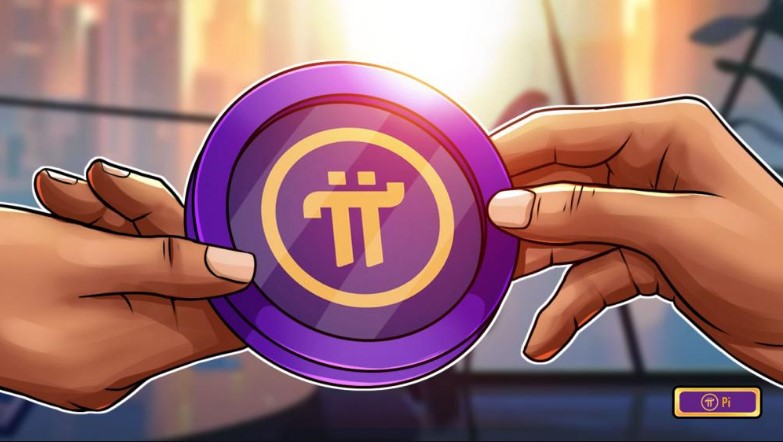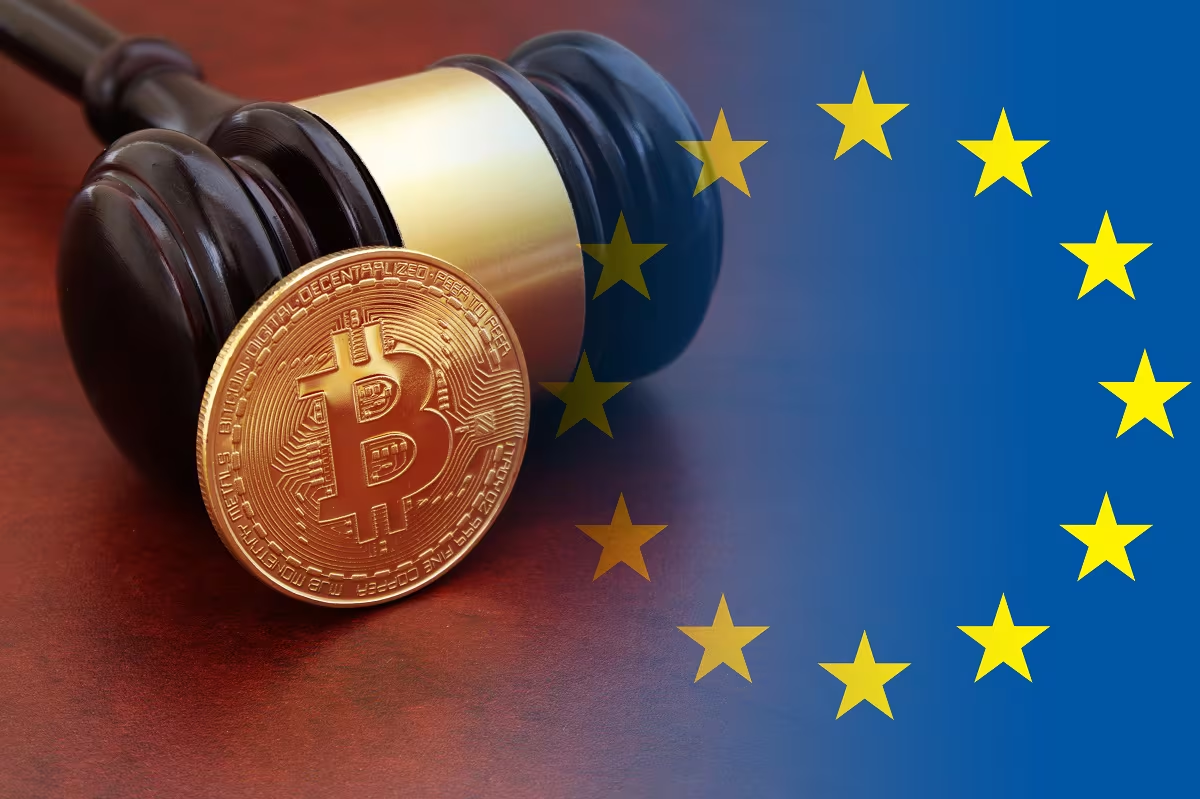Many users have lost interest in the Pi cryptocurrency and are staying on the platform due to the development team’s failure to meet deadlines.
Hoang Phuong, an account holder, announced in late June on a Facebook group with over 200,000 members, “I have lost faith in the Pi Core Team.” For those who continue to participate, I wish you the best of luck. I am disposing of the application
Numerous users concurred.
In a remark beneath the post, Thanh Huy stated, “I also removed the application from my phone.” A cryptocurrency endeavor cannot endure a six-year duration.
Vi Anh said, “Other projects with the same model have been on the market for a long time, while Pi continues to be an empty promise…” The Pi Core Team’s sole objective is to generate revenue through advertisements.
From March 14 to June 28, the Pi team reported that 60 million users had completed their identity verification (KYC), with 12 million of them surpassing the 9.45 million mark.
The team reiterated the prerequisites for an “open mainnet” in which users can trade Pi with other cryptocurrencies. These requirements include completing the open network regarding Pi’s technology, product, business, and legal aspects and achieving the KYC objective.
However, it stated that it would require significant time to fulfill those requirements.
“We have the authority to determine the launch date of the Open Network.” This enables us to circumvent the potential harm to the crypto and conventional business ecosystems caused by global factors at the time of launch.
Although we do not currently anticipate any such events, we will not disregard them. It was stated in the June 28 announcement that “we will strive to ensure that our launch is timed to achieve the best possible results for the network.”
Additionally, the platform implemented a feature that enabled users to secure Pi in the mainnet wallet for a period that exceeded several months.
Many people on social media perceive this as a “stalling” strategy the team employs.
In the interim, the ability to trade Pi with other cryptocurrencies, the most anticipated feature, has yet to be realized.
In reality, the Pi Core Team implemented a minor modification to the application over the past year.
However, Nicolas Kokkalis, widely regarded as the driving force behind the Pi Network initiative, has not been featured in the media for more than three years.
The number of visitors to minepi.com was only fourth in June, according to data from SimilarWeb, an international software development and data aggregation company specializing in web analytics, web traffic, and performance.
This represents a 46% decline in three months, as Vietnamese had consistently ranked first or second for years during this period.
Nevertheless, there are still individuals who maintain their support for the project, as the Pi Core Team reiterated their commitment to the project by stating that “Pi2Day 2024 [which means March 14, 2024] marks an essential milestone for Pi Network—it’s the last Pi2Day before we launch Open Network!”
“Pi Network is a long-term project,” wrote Huy Tin on Facebook. This year will be the final year, and we must wait for the open mainnet.
The Pi Network was introduced in 2019 and was promoted as an accessible way for users to acquire the Pi cryptocurrency by monitoring the app daily.
Millions of users continue to wait patiently, asserting that they are not missing out on anything by doing so.
However, a blockchain expert, Dang Minh Tuan, observed that users will “lose personal data such as name and phone number, waste time and phone resources, exert efforts to recruit others, and may lose additional information on their devices.”
The Ministry of Public Security announced in June 2023 that it had collaborated with local law enforcement to investigate the cryptocurrency.
A ministry spokesperson stated it exhibited indicators of recruiting individuals in a binary, multi-level marketing model. Consequently, individuals should exercise caution when considering being enticed into high-profit cryptocurrency schemes.



